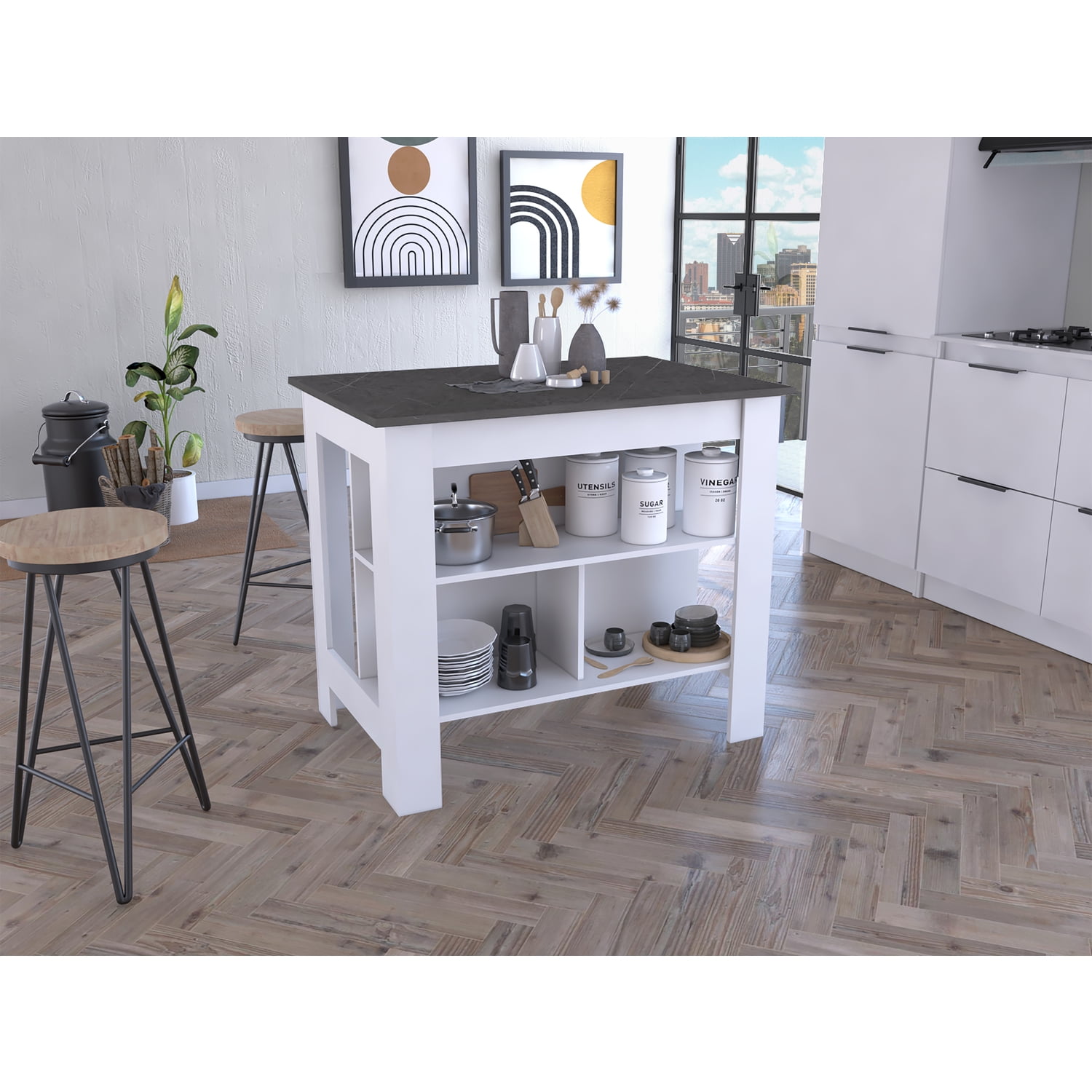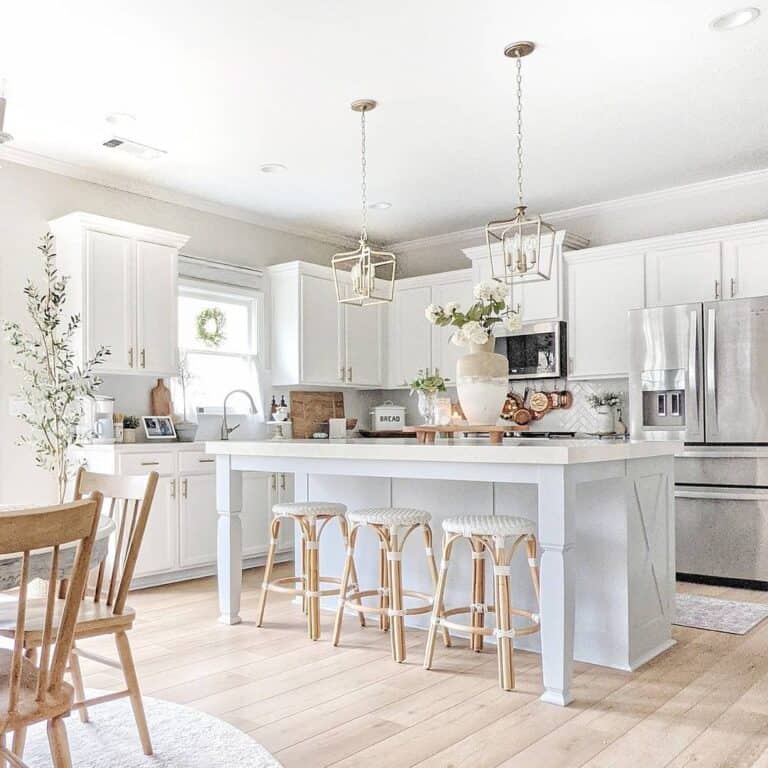Rely Upon Specialist Workmanship for Tailored Legs For Kitchen Island Concepts
Rely Upon Specialist Workmanship for Tailored Legs For Kitchen Island Concepts
Blog Article
A Guide to Choosing the Perfect Legs For Kitchen Island for Your Home
Selecting the optimal legs for your cooking area island is a nuanced decision that impacts both the capability and visual allure of this central area. As you take into consideration these components, it comes to be evident that the right legs can change not just the look of your cooking area however additionally its functionality for years to come.

Recognizing Cooking Area Island Legs
When picking legs for a cooking area island, it's vital to recognize their practical and visual functions in the overall style. The legs serve as a vital support group, making sure security and longevity for the island, which commonly functions as a work area, eating area, or gathering spot. The choice of product and building and construction technique need to be robust adequate to stand up to daily use and possible wear.
In addition to their architectural obligations, legs contribute considerably to the island's visual allure. They can boost the kitchen area's design, whether through conventional, modern, or eclectic styles. The elevation and proportion of the legs are additionally important considerations; they have to balance with the island's countertop height while ensuring comfy seating for those using the area.
Furthermore, the leg design can influence the overall circulation of the kitchen. Open, airy leg styles can create a sense of agility, while solid, substantial legs might communicate a much more based and secure aesthetic - Legs For Kitchen Island. Recognizing these practical and aesthetic aspects will lead home owners in making informed options that match their cooking area's layout and improve its usability
Popular Styles and Products
The selection of legs for a cooking area island encompasses a range of preferred styles and products, each offering unique features that can improve both capability and looks. Amongst one of the most popular designs are modern, rustic, and conventional. Contemporary legs often feature sleek, minimalist styles that stress simplicity and tidy lines, making them perfect for modern kitchen areas. Rustic designs, on the other hand, embrace natural environments and commonly showcase reclaimed wood or troubled surfaces, including heat and appeal to the space. Traditional legs commonly display ornate information and craftsmanship, improving traditional cooking area layouts.

Elevation and Stability Factors To Consider

The legs of the kitchen area island should provide appropriate assistance, ensuring that the structure can hold up against daily usage without wobbling or shifting. Material option plays a significant duty in stability; steel legs, for instance, often tend to supply better toughness compared to wood.
Matching Your Kitchen Area Aesthetic
Choosing the ideal legs for your cooking area island surpasses capability; it also plays a substantial function in the total visual of the room. When choosing legs, take into consideration the layout style of your cooking area. For a contemporary look, streamlined metal or minimalist layouts can develop a tidy, modern-day ambiance. On the other hand, rustic or traditional kitchen areas often take advantage of try this out wood legs with intricate detailing or a distressed finish, boosting warmth and character.
Shade is another critical aspect. Legs that complement or contrast with your island's surface and surrounding kitchen cabinetry can produce aesthetic harmony or striking centerpieces. Combining dark wood legs with a light marble countertop can Related Site add depth and interest. In addition, think about the coating of the legs; matte, glossy, or textured surfaces can dramatically affect the overall feel of the kitchen.
Installation and Upkeep Tips
Installing cooking area island legs needs careful interest to information to guarantee both security and visual appeal. Make use of a stud finder to locate wall studs if you go are affixing the legs to a wall surface or utilizing braces for included support.
When securing the legs, utilize top quality screws and, if needed, timber glue for additional toughness. For steel legs, make sure that you are using ideal supports and tools to avoid damage to your floor covering. It is suggested to examine for levelness after installment, making modifications as needed to stay clear of tottering.
Clean the legs with a suitable cleaner, preventing rough materials that may damage the surface. By adhering to these installment and maintenance pointers, you can ensure that your cooking area island legs continue to be both useful and aesthetically attractive.
Conclusion
In conclusion, picking the appropriate legs for a kitchen island demands cautious factor to consider of height, security, and aesthetic compatibility. Inevitably, thoughtful leg selection plays an essential duty in raising both the usefulness and style of the cooking area area.
When choosing legs for a cooking area island, it's important to recognize their practical and aesthetic duties in the total style. Open, airy leg styles can create a feeling of lightness, while solid, substantial legs might communicate an extra grounded and steady aesthetic. The legs of the kitchen island must supply appropriate support, guaranteeing that the framework can hold up against everyday use without tottering or moving.Setting up kitchen island legs needs mindful focus to information to ensure both stability and visual allure.In verdict, picking the appropriate legs for a cooking area island necessitates cautious factor to consider of elevation, stability, and aesthetic compatibility.
Report this page